While most of them are relatively small, reptiles require an extraordinary amount of care and attention to detail. Of course, owning a pet reptile can be immensely rewarding, but it can also be challenging, especially with all the misinformation surrounding reptiles.
We aim to share as much helpful, correct information as possible to help you properly care for your pet reptile to help it flourish. Be sure to check back regularly to watch for new blogs or let us know if there is a topic you would like to see covered.
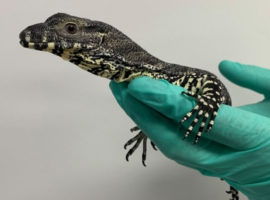 09/12/2020
09/12/2020 Metabolic Bone Disease
Metabolic Bone Disease is a complex disease that is commonly diagnosed in reptiles, and most frequently seen in lizards and turtles. It is easily preventable with the correct husbandry and a correct b...
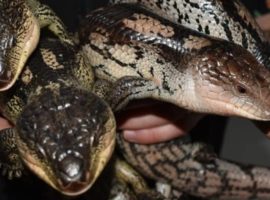 11/11/2020
11/11/2020 Reptile Sexing
It can be challenging to determine if a reptile is a male or female as often there can be a lack of external differences between the sexes (sexual dimorphism). This is in contrast to most mammals wher...
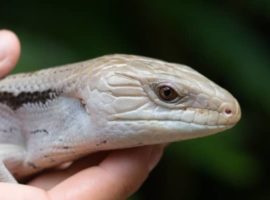 01/10/2020
01/10/2020 Reptile Viruses in Australia
There are a growing number of viruses that can seriously affect our pet reptiles. Some of these viruses have serious immediate and long-term consequence, and just like in people, many of these viruses...
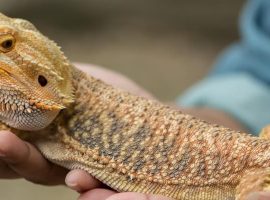 27/07/2020
27/07/2020 Caring for Bearded Dragons
Bearded dragons can make fantastic pets! They are active, inquisitive and fascinating to watch. There are a number of species that differ in size and temperament. They can be identified by their hallm...
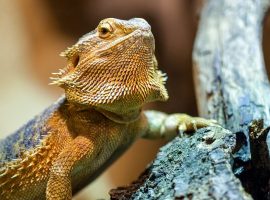 02/06/2020
02/06/2020 Reptile UV Lighting Explained
Ultraviolet (UV) lighting is often recommended for several reptile species however, it can be confusing to work out what type of UV lighting is needed. This article hopes to clear this confusion up an...
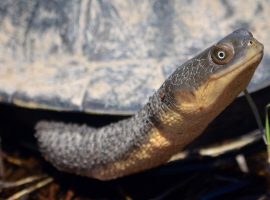 18/05/2020
18/05/2020 Caring For Australian Turtles
In Australia, the main species of turtle that are found in captivity are the long neck species (Chelonia Longicolis) and the shorter necked species (Emydura and Elseya spp). Each one of these species ...
